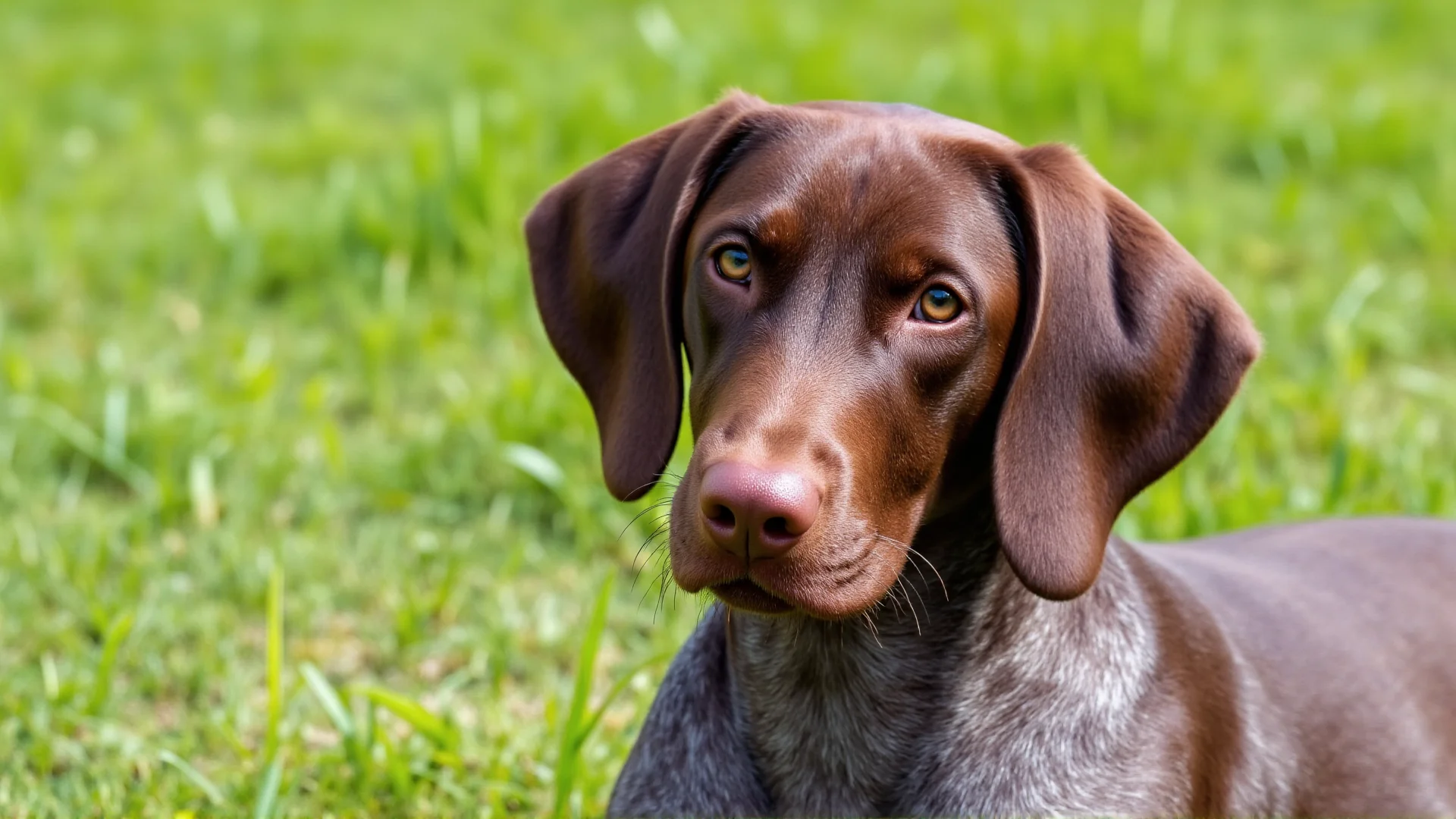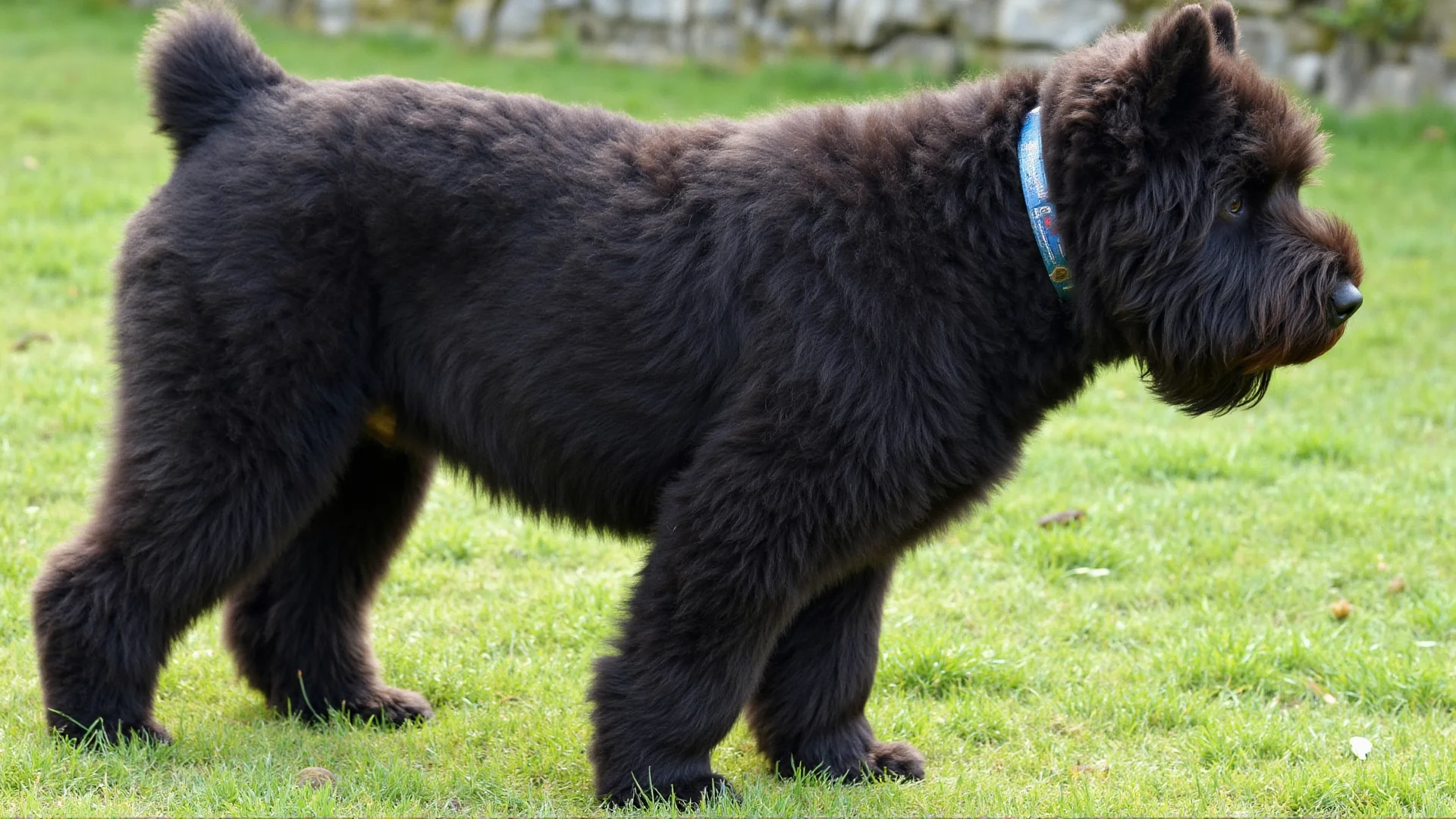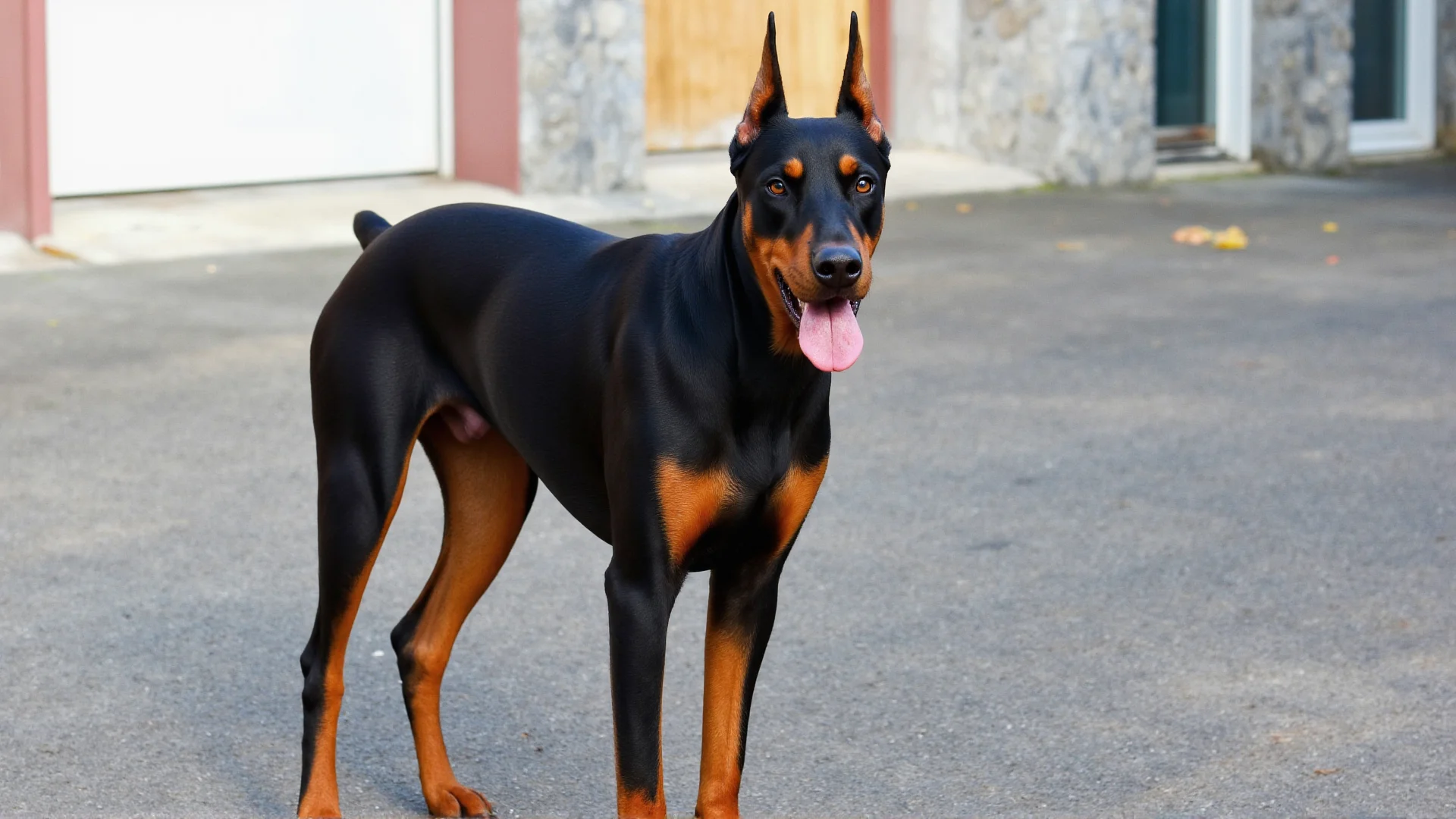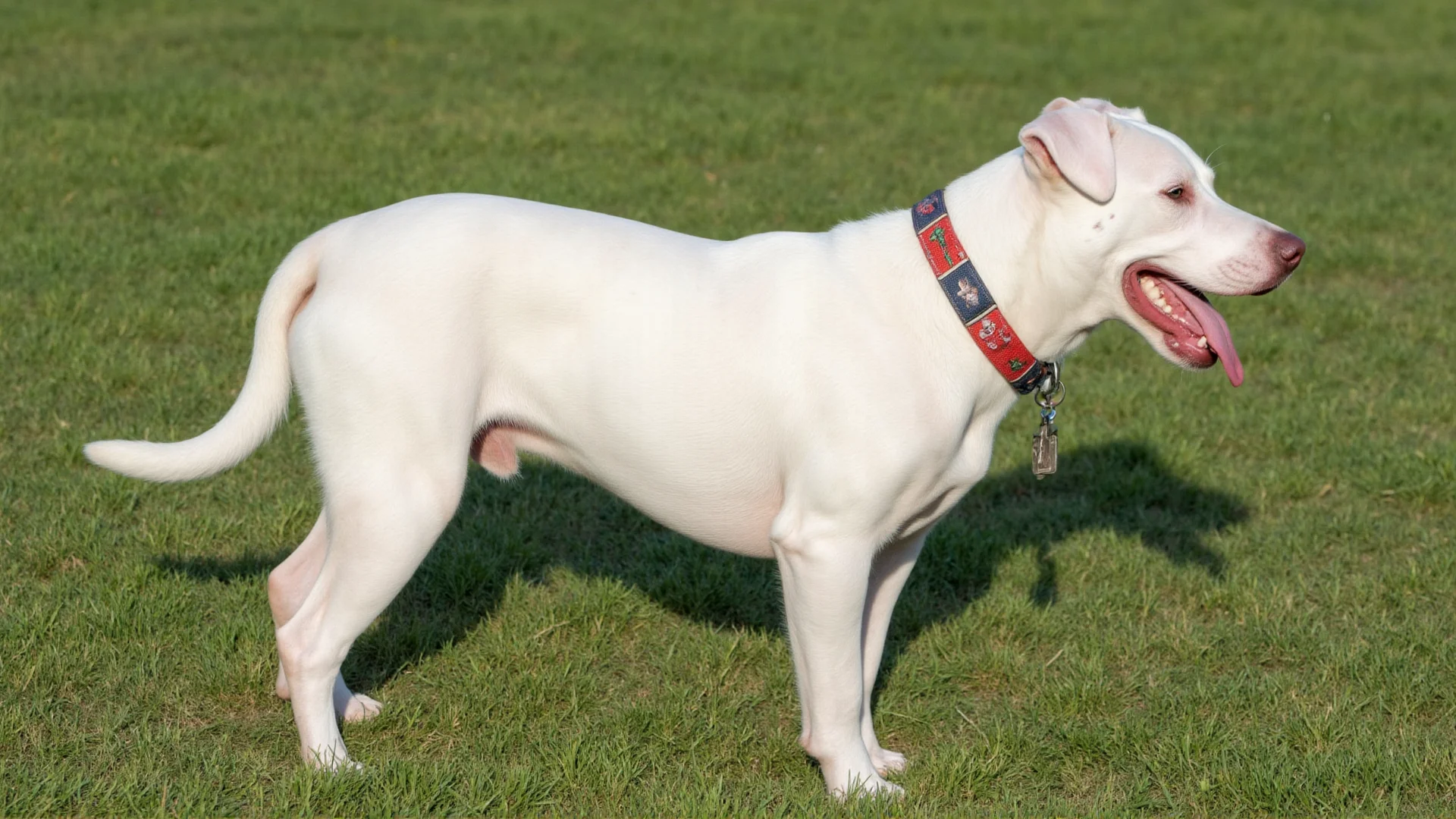German Shorthaired Pointer: The Ultimate Hunting Companion and Family Friend
The German Shorthaired Pointer (GSP) represents the pinnacle of versatile hunting dogs, combining exceptional field performance with unwavering loyalty and intelligence. Whether you're an experienced hunter or someone seeking an active family companion, understanding this breed's unique characteristics will help you appreciate why GSPs have earned their reputation as one of the world's premier sporting dogs.
Origins and Hunting Heritage
Developed in 19th-century Germany, the German Shorthaired Pointer was bred with a specific purpose: to create the perfect all-around hunting dog. German hunters wanted a versatile companion that could point, retrieve, and track game across various terrains and weather conditions. By carefully crossing Spanish Pointers with local German hunting dogs, and later introducing English Pointer bloodlines, breeders achieved their goal of creating a truly exceptional hunting machine.
This selective breeding resulted in a dog that could work equally well on land and in water, making them invaluable for hunters pursuing upland birds, waterfowl, and even larger game. The GSP's ability to excel in multiple hunting disciplines sets them apart from breeds that specialize in just one area.
Physical Characteristics: Built for Performance
The German Shorthaired Pointer's physical attributes reflect their hunting heritage. Standing 21-25 inches tall and weighing 45-70 pounds, they possess the perfect balance of power and agility. Their lean, muscular build enables them to cover ground efficiently while maintaining endurance for long hunting sessions.
Their distinctive coat serves multiple purposes in the field. The short, dense fur provides protection from brambles and thorns while being easy to maintain after a day in the woods. The breed's coloring – typically liver and white or solid liver – offers natural camouflage in hunting environments.
Perhaps most importantly, their webbed feet make them excellent swimmers, while their strong, compact paws provide excellent traction on various terrains. The GSP's tail, traditionally docked to prevent injury in thick cover, serves as a communication tool, indicating the dog's excitement level and proximity to game.
Hunting Abilities and Field Performance
Pointing and Tracking
The GSP's natural pointing instinct is truly remarkable. When they detect game scent, they freeze in the classic pointer stance – head held high, one front paw raised, tail extended – creating a living statue that communicates the exact location of birds to their hunting partner. This instinct typically manifests as early as 6-8 weeks of age, making early training crucial.
Their tracking abilities are equally impressive. GSPs possess an exceptional nose that can follow both fresh and aged scent trails. They're capable of tracking wounded game for considerable distances, making them invaluable for ethical hunting practices where recovering every animal is essential.
Retrieving Excellence
What truly sets GSPs apart is their natural retrieving ability. Unlike some pointing breeds that excel only at finding game, German Shorthaired Pointers are eager retrievers both on land and in water. Their soft mouth ensures game birds remain undamaged, while their enthusiasm for retrieving makes them reliable partners in various hunting scenarios.
In waterfowl hunting, GSPs demonstrate remarkable versatility. Their love of water, combined with their swimming ability and warm coat, makes them effective in cold, wet conditions where other breeds might struggle.
Training Your Hunting Partner
Early Foundation Training
Successful GSP training begins early and builds upon their natural instincts. Start with basic obedience commands like "sit," "stay," and "come," as these form the foundation for all hunting-specific training. The breed's intelligence and eagerness to please make them highly trainable, but they require consistent, patient handling.
Introduce your GSP puppy to various environments, sounds, and situations early. Expose them to gunshots gradually, starting with cap guns at a distance and slowly working up to actual firearms. This early conditioning prevents gun shyness, a problem that can end a hunting dog's career before it begins.
Field Training Progression
Begin field training with basic retrieve work using training dummies. GSPs typically show natural enthusiasm for retrieving, but proper training ensures they deliver birds to hand rather than dropping them at your feet. Progress to live birds when your dog demonstrates solid basic skills.
Pointing training should focus on steadying your GSP on point until you flush the bird and take your shot. This "steady to wing and shot" training prevents the common problem of dogs breaking point too early, potentially ruining shooting opportunities.
Exercise and Activity Requirements
German Shorthaired Pointers are high-energy dogs that require substantial daily exercise. Originally bred to hunt all day, they possess remarkable stamina and drive. A sedentary lifestyle will result in destructive behaviors, excessive barking, and general unhappiness.
Plan for at least 2 hours of vigorous exercise daily, combining activities like running, swimming, hiking, and structured training sessions. GSPs excel at dog sports including agility, dock diving, and field trials, providing excellent outlets for their energy and intelligence.
Mental stimulation is equally important. These intelligent dogs need challenges beyond physical exercise. Puzzle toys, scent work, and training sessions help keep their minds engaged and prevent boredom-related behavioral issues.
Health Considerations for Active Hunters
Generally healthy dogs, GSPs can be prone to certain genetic conditions that potential owners should understand. Hip dysplasia, while not as common as in some breeds, can affect working ability. Reputable breeders screen breeding stock for hip and elbow dysplasia.
Bloat (gastric dilatation-volvulus) poses a serious risk for deep-chested breeds like GSPs. Feeding smaller, more frequent meals and avoiding exercise immediately after eating can reduce this risk. Awareness of bloat symptoms could save your dog's life.
Eye conditions, including progressive retinal atrophy and cataracts, occasionally occur in the breed. Regular veterinary check-ups and working with health-conscious breeders help minimize these risks.
GSPs as Family Companions
Beyond their hunting prowess, German Shorthaired Pointers make exceptional family dogs for active households. Their loyalty and affection toward family members is legendary, often earning them the nickname "velcro dogs" for their desire to stay close to their people.
They typically do well with children, though their size and energy level require supervision around very young kids. Their playful nature and patience make them excellent companions for older children who can participate in activities and training.
However, their hunting instincts mean they may chase cats or small pets. Early socialization and training can help manage these tendencies, but potential owners should be aware of this breed characteristic.
Choosing the Right GSP
When selecting a German Shorthaired Pointer, consider your lifestyle and hunting goals. If you're primarily interested in upland bird hunting, look for lines bred specifically for pointing and retrieving birds. For waterfowl hunters, seek dogs from bloodlines known for their water work and cold-weather performance.
Research breeders thoroughly, asking about health testing, field trial performance, and the temperaments of parent dogs. Reputable breeders will have extensive knowledge of their bloodlines and can help match you with a puppy suited to your specific needs.
Consider whether you want a dog primarily for hunting or one that can excel in both hunting and competitive venues like field trials or hunt tests. Different bloodlines may emphasize different traits.
Living with a German Shorthaired Pointer
Successful GSP ownership requires commitment to providing adequate exercise, training, and mental stimulation. These dogs form strong bonds with their families but can become destructive if their needs aren't met. They're not apartment dogs and thrive best with access to secure outdoor space.
Grooming requirements are minimal due to their short coat, though they do shed year-round. Regular brushing helps manage shedding, while occasional baths keep them clean after muddy hunting trips.
GSPs can live 12-14 years with proper care, providing many seasons of hunting companionship and family loyalty. Their intelligence and trainability make them suitable for various activities beyond hunting, from therapy work to competitive dog sports.




